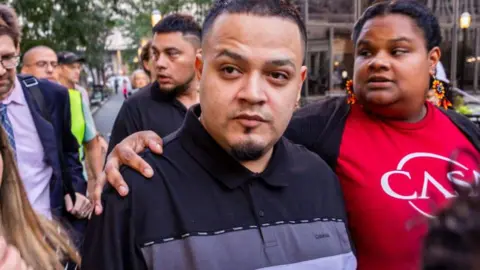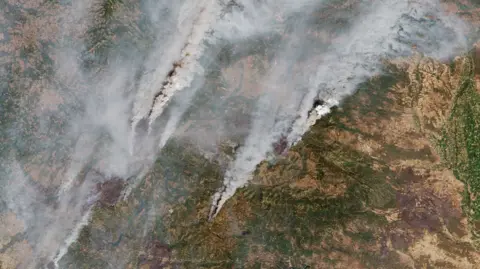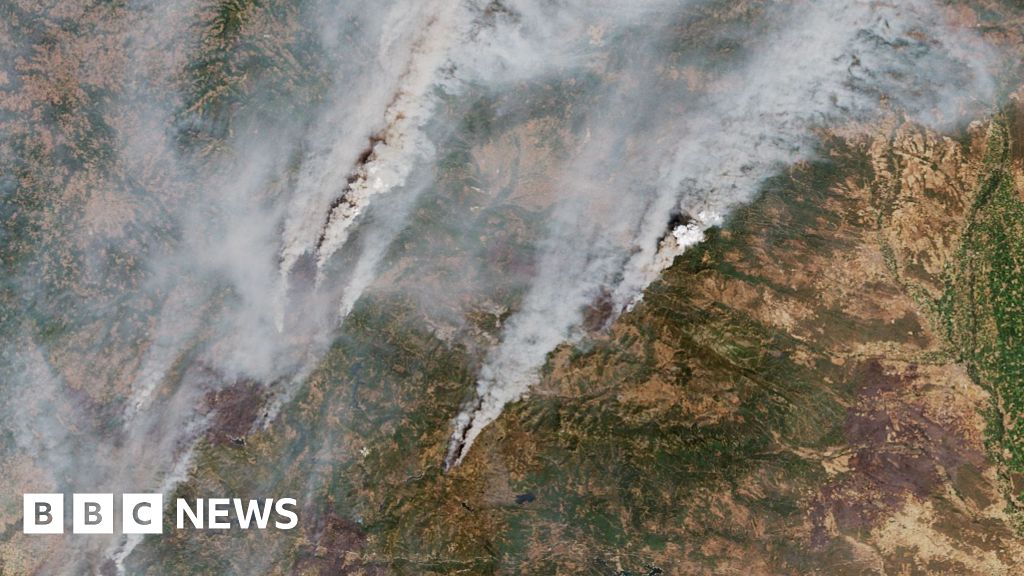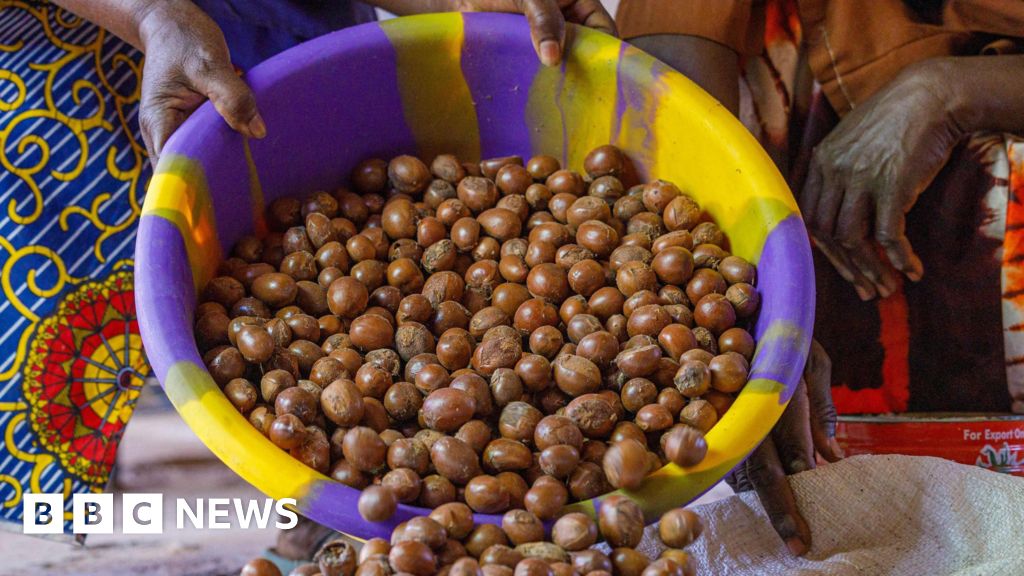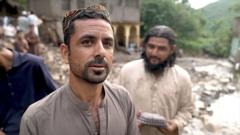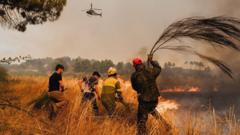Mustafa Gerima, affectionately known as "Mr Shea," is championing a crucial environmental cause in Uganda: the preservation of shea trees that yield valuable nuts for the globally cherished shea butter. With increasing charcoal demand overshadowing the traditional significance of these trees, Gerima is determined to shift local perceptions and promote ecological awareness.
Upon returning to his home six years ago from a teaching career, Gerima was disheartened to find the lush Mount Kei Central Forest Reserve, once rich with shea trees, diminished to a barren landscape scattered with remnants of cut stumps. He embarked on a mission, walking throughout the northwestern communities, advocating for the protection of what he deems a rapidly vanishing treasure.
Gerima has observed that community members, facing economic struggles, have prioritized immediate financial incentives from charcoal production over the long-term benefits of shea nut harvesting. The ongoing climate crisis, leading to erratic weather patterns and prolonged droughts, has further complicated the situation, disrupting the shea trees' natural production cycles.
Uganda’s environmental ministry reports a staggering loss of about 100,000 hectares of forest each year, with shea trees accounting for a significant portion of this decline. The heaviest impacts are felt by local entrepreneurs like Mariam Chandiru, a seasoned shea butter producer, who laments the reduction in her business due to dwindling resources. "My business is collapsing; it's a huge setback," she shares, noting the decrease in her sales from five jerry cans of shea oil per week to just two.
Experts, including Professor John Bosco Okullo from Makerere University, highlight the profound societal challenges that have contributed to the environmental crisis. Historical conflicts, specifically the devastation caused by the Lord's Resistance Army in the 1990s, has led to a breakdown in community stewardship of natural resources.
“Natural ownership was lost,” states Okullo, emphasizing that many residents resorted to exploitative practices like charcoal production upon returning to their villages. He supports Gerima’s claim that climate change has severely weakened the shea trees' productivity, leaving the populations unable to sustain their previous harvest rates.
The rapid urban expansion, which necessitates the clearing of land for development, further aggravates the plight of shea trees, warns Okullo. Memories of earlier times when communities thrived due to sustainable shea utilization are overshadowed by impending environmental degradation. Despite the dire outlook, campaigns led by individuals like Gerima are critical. His notable 644 km walk in 2020 from Kampala to the UNEP in Nairobi underscores the urgency of advocacy efforts.
In a bid to combat environmental decline, local NGOs are mobilizing communities to replant and protect shea trees. Innovative techniques such as grafting are being explored to accelerate the growth and fruiting of these trees, empowering communities with sustainable practices. The Ugandan government’s recent prohibition on cutting shea trees for charcoal marks a crucial step; however, application remains inconsistent.
Gerima faces the heartbreaking reality of witnessing the destruction of shea trees, but he remains resilient and encourages collective action. He plans to launch grassroots initiatives aimed at tree monitoring and educational programs in schools to foster a culture of conservation among future generations.
In Gerima’s words, "This must not be one man's issue — it must bring in a concerted effort, a collective responsibility." His advocacy symbolizes not just a struggle for environmental preservation but also a commitment to safeguarding cultural practices tied intimately to the land. The growing movement signals a possible shift towards sustainable living that considers both ecological health and the well-being of local communities. "We need to think about our future generations. If they come and only find stumps, what will they think of us?" he implores. As the shea belt from West to East Africa faces unprecedented threats, the journey towards restoration and resilience is paramount, making grassroots activism a cornerstone of environmental legacy.





